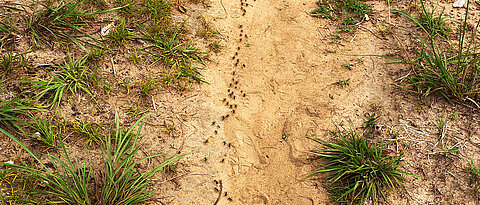Blockade at the Receptor
06/25/2018
When Chlamydia attacks the human body the immune system starts its defence mechanisms. But the bacteria find a way to defend themselves. Scientists from Würzburg have deciphered new details of their strategy now.
more






















